Are you in the market for a reliable, low-maintenance centrifuge? Look no further than the hand crank centrifuge! This ingenious device is designed to effectively spin liquids and other substances quickly and with incredible accuracy. Read on to learn more about this amazing tool and its many uses.
Hand Crank Centrifuge Basics
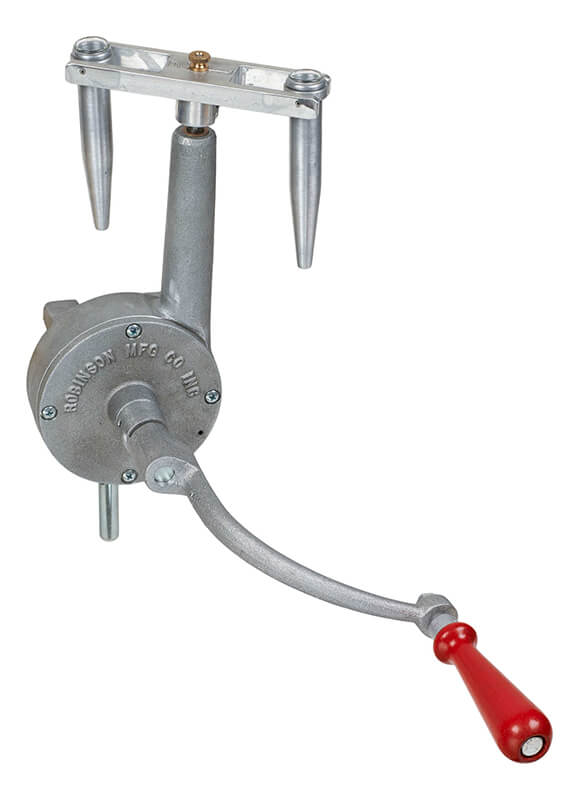
A hand crank centrifuge is a type of laboratory equipment used to separate particles in a liquid sample.
It works by spinning the sample at high speeds, which causes the heavier particles to settle out and the lighter particles to stay suspended in the liquid.
Hand crank centrifuges are simple and cost-effective, and can be operated by laboratory personnel after getting acquainted with its basic operations.
It is ideal for quickly settling suspended solids from small samples at speeds up to 3,000 rpm. This makes it perfect for analytical or clinical procedures that require centrifugation.
Types of Hand Crank Centrifuges Available
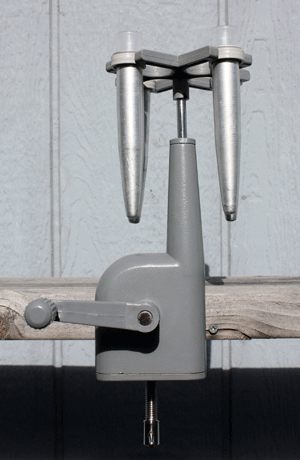
The L-K Industries Hand-Crank Centrifuge is a light weight, portable oil centrifuge designed to fit finger (A), pear-shaped (B) or short cone (D) containers.
The Robinson Hand Crank Centrifuge includes a die-cast aluminum body and can be securely mounted to a workbench using the built-in mounting bracket.
Industrial centrifuges are classified into two main categories namely sedimentation or filtration type centrifuges. Sedimentation centrifuges use centrifugal force to separate solid particles from liquids, while filtration centrifuges are used for separating solids from liquids and gases.
Hand Centrifuge found in: Centrifuge Hand Driven w/ Table Clamp, Hand Crank Centrifuge, and more. The hand crank and steel worm with bronze spiral gear is set at a fixed speed of 3000 rpm.
If the centrifuge is wobbling or shaking, pull the plug A little vibration is normal, but excessive amounts can mean danger.
First, check that the machine is securely mounted on the table or bench top. Single speed hand crank centrifuge machine consisting of die casted parts, a steel pinion, and worm drive.
Features a maximum speed of 3000 rpm and has an adjustable timer up to 30 minutes.
This hand-operated centrifuge is ideal for rapid settling of suspended solids from small quantities of liquid in analytical or clinical procedures at speeds up to 3200 rpm.
Why Use a Hand Crank Centrifuge?
A hand crank centrifuge is a cost-effective and light weight solution for separating suspended solids from small quantities of liquid in analytical or clinical procedures.
It features a single speed hand crank machine consisting of die casted parts, a steel pinion, and worm drive. The detachable long-sweep crank disengages when hand motion is stopped, allowing the head to come to a gradual rest.
The centrifuge can be securely mounted to a workbench using the included metal holders for experimentation with glass test bottles. This type of apparatus is ideal for rapid settling of suspended solids at speeds up to 2000 rpm.
Applications of a Hand Crank Centrifuge
It is ideal for rapid settling of suspended solids from small quantities of liquid in analytical or clinical procedures at speeds up to 2000 rpm.
This centrifuge is perfect for work in remote areas as it can be securely mounted to a workbench using the included clamp and operated by hand with the long metal crank and wooden handle.
It features a single speed, die casted parts, steel pinion, and worm drive.
Components of a Hand Crank Centrifuge

A hand crank centrifuge typically consists of die casted parts, a steel pinion, and worm drive. The hand crank and steel worm with bronze spiral gear is set at a 15 to 1 or 16 to 1 ratio.
The long-sweep crank is detachable and disengages when hand motion stops. The centrifuge can be securely mounted to a workbench using the included mounting hardware.
It also features an adaptable manual centrifuge that can be simply clamped to any benchtop, with no need for additional mounting hardware.
It accepts two buckets, which fit tubes up to 15ml, and has a removable hand crank.
How to Make a Hand Crank Centrifuge
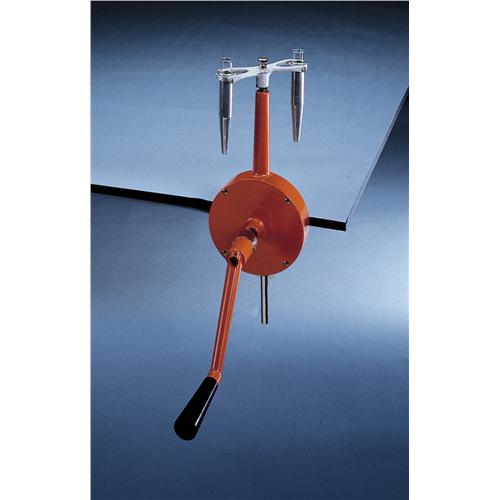
A hand crank centrifuge is a single speed machine consisting of die casted parts, a steel pinion, and worm drive. It features a removable crank and produces centrifugal force for sediment and water testing.
The design of the gear ratio and throw of the crank produce a smooth, effortless motion. The hand crank centrifuge accepts two buckets which fit tubes up to 15ml.
Additionally, accessories such as rotors and buckets can be purchased to customize the machine for specific applications.
To make a hand crank centrifuge, you will need die casted parts, a steel pinion, and worm drive. You will also need to construct the frame for the machine and attach the components together.
Advantages of Using a Hand Crank Centrifuge

The main advantages of using a hand crank centrifuge are its portability, light weight, and ease of use.
It is also capable of rapid settling of suspended particles and can be securely mounted to a workbench using the included table clamp.
The centrifuge also has a die-cast aluminum body and steel worm with bronze spiral gear set at a 16:1 ratio for increased torque.
Additionally, it is capable of separating fluids, gasses, or liquids based on the density of the subject.
Disadvantages of Using a Hand Crank Centrifuge
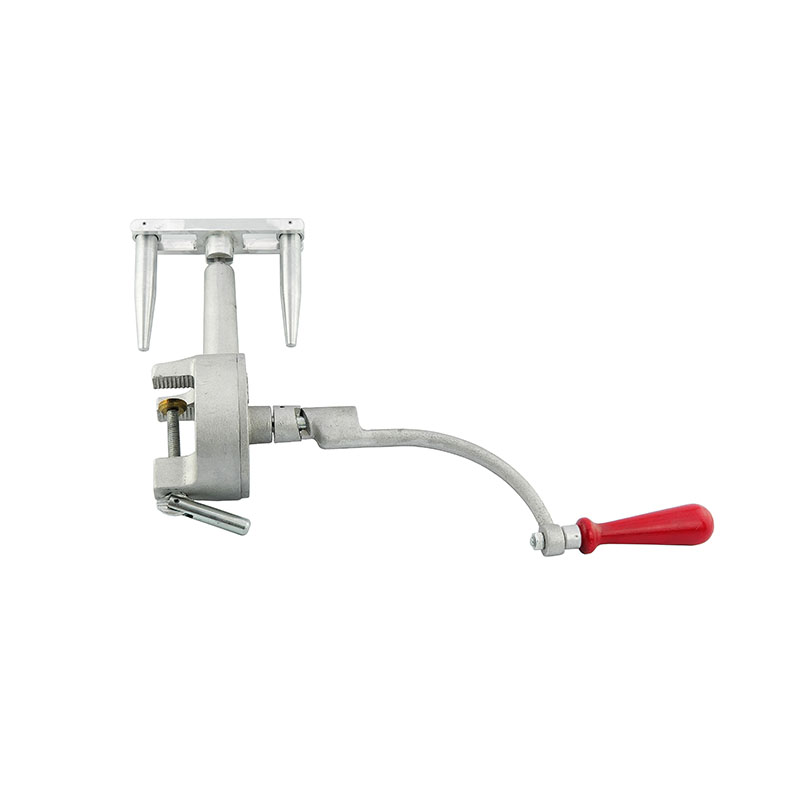
The main disadvantage of using a hand crank centrifuge is the limited sample size that can be processed.
Hand crank centrifuges are not able to achieve the same speeds as electric centrifuges, and therefore cannot process large samples.
Additionally, hand crank centrifuges require manual effort to operate, which can be tiring and time consuming.
Tips for Operating Your Hand Crank Centrifuge Effectively
To operate your hand crank centrifuge effectively, it is important to follow safety guidelines and use the machine properly. Here are some tips for operating your hand crank centrifuge:
1. Read and understand the manufacturer’s instructions before using the centrifuge.
2. Make sure that all parts of the centrifuge are securely fastened before use.
3. Do not bump, jar, or move the centrifuge while the rotor is spinning.
4. Instruct all other persons in the area to stay clear of the unit while it is in operation.
5. Ensure that all samples are securely sealed in their containers before placing them in the rotor chamber of the centrifuge.
6. Make sure that all samples are evenly distributed within the rotor chamber to ensure balanced spinning of the rotor and prevent damage to both samples and machine components.
7. Monitor the speed of rotation carefully and adjust as necessary to ensure that it does not exceed manufacturer-specified limits for your particular model of centrifuge machine.
8. Turn off power to the machine after use and allow it to come to a complete stop before opening or removing any parts from it
Troubleshooting Common Issues with Your Hand Crank Centrifuge
If the centrifuge is wobbling or shaking, pull the plug and check for any loose parts. A little vibration is normal, but excessive amounts can mean danger.
First, pay attention to the manufacturer’s recommendations. If you can’t find what you are looking for in the user manual, contact the manufacturer.
Otherwise, check for any loose parts and make sure all tube holders are present and secure.
If the centrifuge begins to shake or wobble, it is off-balance and you should stop it immediately.
Check for any loose parts and make sure all tube holders are present and secure. Speed too high? Decrease pump rotational speed or trim impeller blades if necessary.
When in doubt or have any troubles with this centrifuge, ASK FOR HELP. The precautions described in this User manual are carefully developed in an attempt to ensure safe operation of your hand crank centrifuge.
Upon opening the box, the centrifuge lid will be locked in place; follow instructions carefully to unlock it before use (refer to 4 | Centrifuge user manual). 3 Loading the rotor: Laboratory centrifuge can be operated by laboratory personnel after they have been trained in its use (refer to Laboratory Biosafety Manual).
When using a hand crank centrifuge for the first time, please read the operating manual carefully before proceeding with installation and operation of your device.
The centrifuge is powered by a maintenance-free induction motor; follow instructions carefully when operating your device (re
Maintenance and Care for Your Hand Crank Centrifuge
To ensure the longevity and proper functioning of your hand crank centrifuge, it is important to perform regular maintenance and care.
Before using the centrifuge, make sure to inspect it for any signs of damage or wear. Clean both the exterior and the interior of the centrifuge with a sponge, warm water and a mild detergent.
Do not use caustic or abrasive cleaners as these can damage the unit. After cleaning, dry all surfaces thoroughly before storing or using.
Make sure to lubricate all moving parts regularly with a light oil to prevent rusting and wear.
Additionally, check for any loose screws or bolts that may need tightening. Finally, always follow safety instructions when operating your hand crank centrifuge.
Considerations Before Purchasing a New or Used hand crank centrifuges
When considering purchasing a hand crank centrifuge, there are several factors to consider.
Firstly, you need to determine the maximum rotational speed and RCF (relative centrifugal force) of the centrifuge.
This will help you determine the type of rotor that is needed for your specific application.
Secondly, you should consider the size of the centrifuge and whether it will fit in your laboratory space.
Additionally, you should consider what protocols you plan on running with the centrifuge and if it can handle them. Lastly, make sure to read through the user manual before operating the centrifuge to ensure safe operation.
Choosing the Right Manufacturer and Supplier for Your hand crank centrifuges
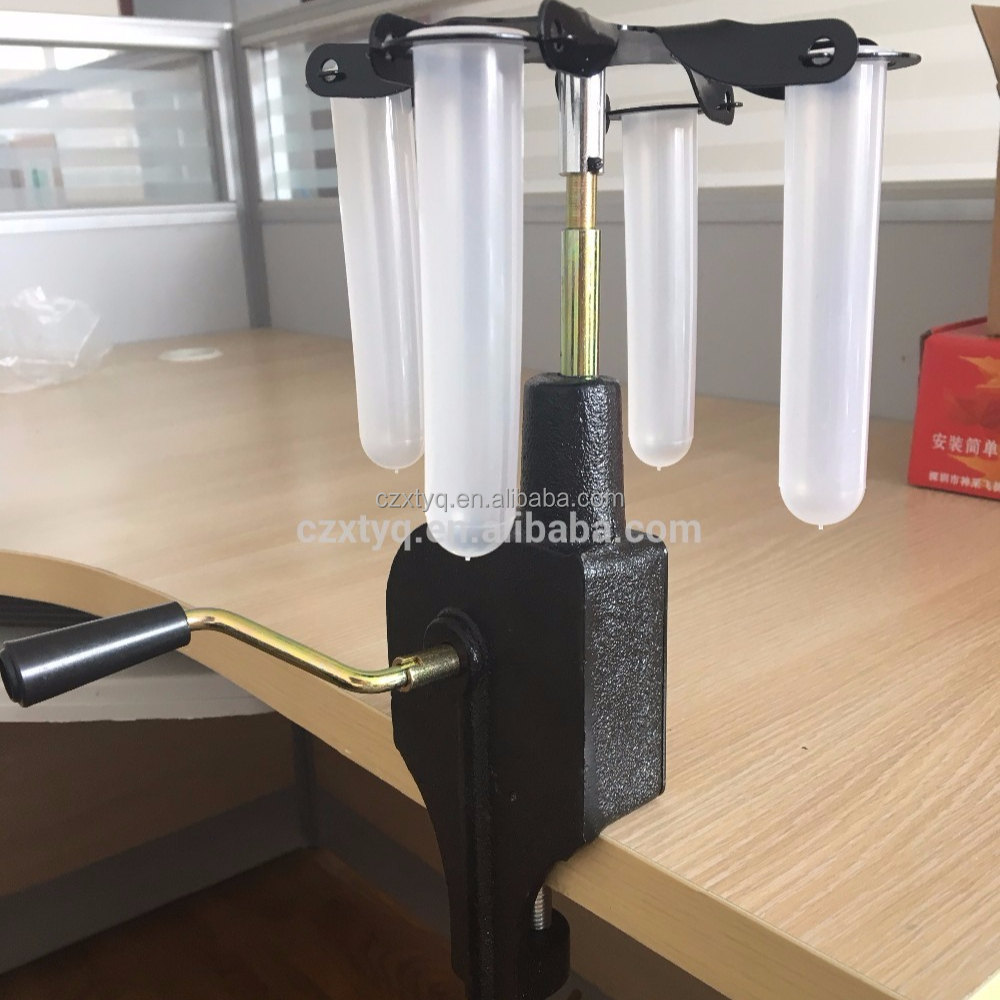
When selecting a manufacturer and supplier for your hand crank centrifuge, there are several factors to consider.
It is important to look for a reliable and reputable manufacturer with experience in the industry.
Additionally, you should ensure that the manufacturer offers quality products that meet your needs and requirements.
You should also consider the cost of the centrifuge, as well as any warranties or guarantees offered by the manufacturer.
Additionally, you should check customer reviews to ensure that you are getting a quality product from a reliable supplier.
Finally, make sure to ask questions about delivery times and any other services offered by the supplier.
Safety Tips When Working with hand crank centrifuges
Safety tips when working with hand crank centrifuges include: ensuring that your work surface is level and firm; inspecting rotors prior to installation/loading for cracks, dings, dents, and pitting; checking for leaks/spills in samples, rotor, safety cups/buckets, and leaving the area; closing the centrifuge lid during operation; not exceeding the rotor’s maximum run speed; not opening the lid while the rotor is moving; checking that the rotor is compatible with your centrifuge; avoiding incompatible chemicals; using proper tubes and filling tubes to the proper level; and disinfecting according to Biosafety Level 2 guidelines.
